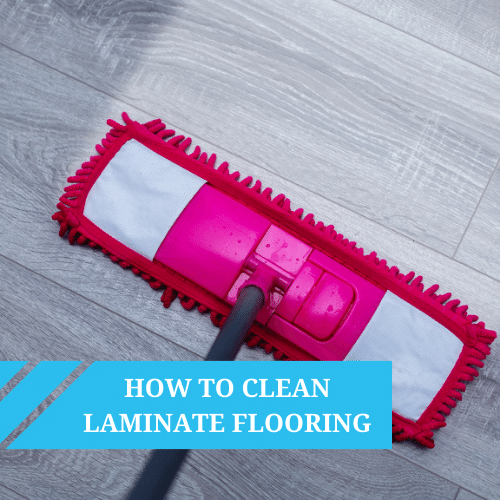Are you ready to install laminate flooring but unsure about choosing the right underlay? Selecting the best underlay for laminate flooring can make all the difference in comfort, durability, and noise reduction.
It’s easy to overlook underlay when you’re choosing new laminate flooring, but this behind-the-scenes layer does a lot of heavy lifting. It cushions every step, helps with heat and sound insulation, and protects your flooring from moisture and movement. Get it right, and your floor will feel better, last longer, and look like it was fitted by a pro.
Of course, with so many types of laminate underlay out there, it’s not always clear which one’s best for your home. Is standard foam underlay enough? Do you need something with a moisture barrier? What if you’ve got underfloor heating or uneven floors?
This guide is here to help you cut through the noise. Whether you’re updating a single room or fitting flooring across a whole house, we’ll walk you through what to look for, and which underlays really deliver. Let's go!
Why Laminate Underlay Actually Matters
If you’ve ever walked on a laminate floor that clicks, echoes, or just feels a bit off – chances are, the wrong underlay (or none at all) was used underneath. It might not be the part you see, but underlay is the thing that makes your floor feel solid, warm and comfortable underfoot.
A good underlay does more than one job. It helps smooth over minor bumps in your subfloor, softens footsteps, cuts down noise between floors, and stops cold air creeping up from below. Some also include a built-in moisture barrier: especially important if you’re installing laminate flooring over concrete or fitting out a kitchen or basement.
It’s the difference between a floor that feels solid and one that starts shifting after a few months.
Which Laminate Underlay Should You Choose?
Not all underlays are created equal. Some are built for warmth. Others for sound. Some are perfect for upstairs bedrooms; others are made to survive a busy hallway in a commercial space. Here’s a quick breakdown of the most popular options and where they shine.
Want a versatile all-rounder with an easy installation?
Berry Alloc’s Excellence Go is a 2 mm-thick underlay for laminate flooring with integrated foil and DPM. It includes a clever built-in adhesive strip too = no fuss with separate sealing tape.
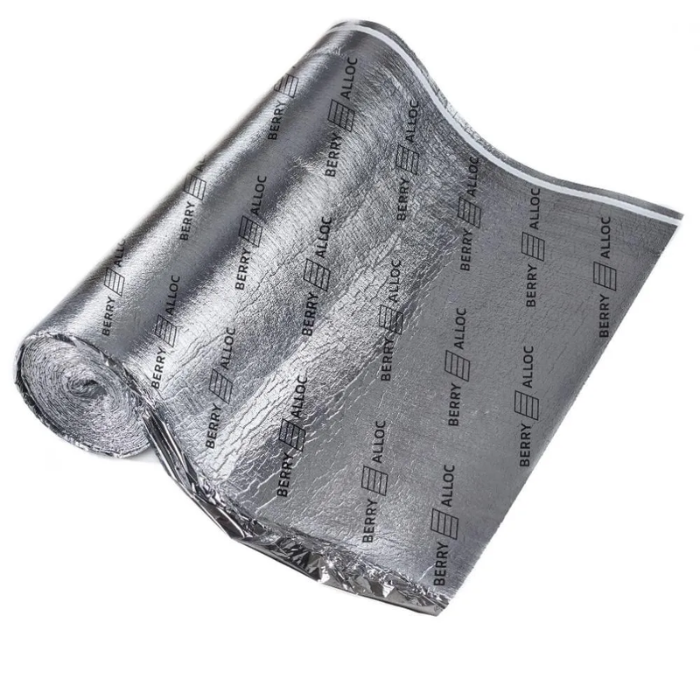

Need noise insulation in a busy home or apartment?
The Berry Alloc Excellence Plus is a premium pick for both residential and commercial spaces. It cushions every step and brings a -21 db reduction - a big win in multi-level properties or open-plan layouts. Plus, it has a built-in DPM (damp proof membrane), making it ideal for concrete subfloors.
Best4Flooring Advice:
If you’re fitting Berry Alloc Chateau+ Laminate, the Excellence Plus underlay isn’t just a great option – it’s a must! It’s especially recommended to get the best performance and protect your new floor. Trust us, your floors (and your feet) will thank you!
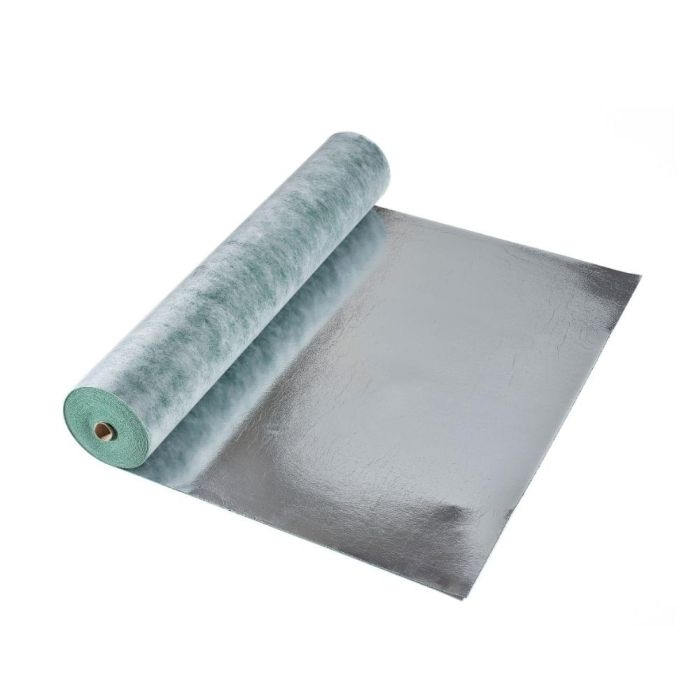

Working with underfloor heating?
Look to something purpose-built like the Royale Thermo ProX. This 1.8mm thermal underlay features perforated air pockets designed to improve heat flow efficiency without compromising support. A brilliant match for underfloor systems, especially if energy efficiency is high on your wishlist.
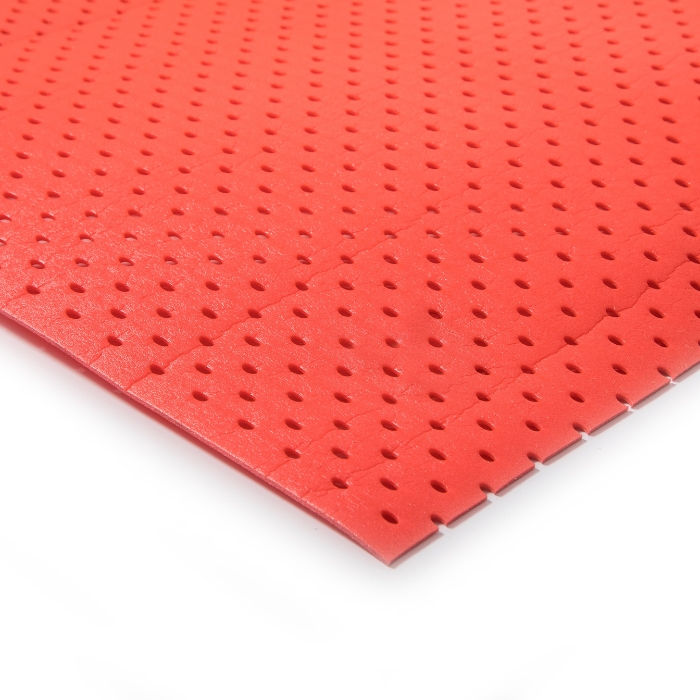

After extra warmth and a premium look?
The Royale Sonic Gold doesn’t just sound luxe - it performs. The 5mm PE foam core and gold foil backing bring excellent thermal insulation and a bit of shine under the surface. And yes, it includes DPM, so it’s more than just a pretty face.
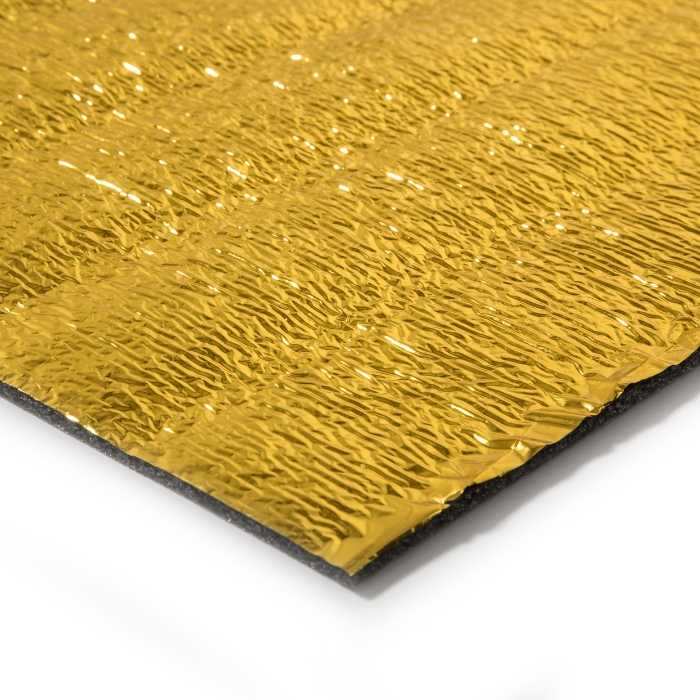

Need to level out slightly uneven subfloors?
Go for Royale 5mm Fibreboard. Its rigid structure helps smooth out minor bumps, while the natural wood fibres make it a more eco-conscious pick. Just keep it in dry rooms (it’s not water resistant).
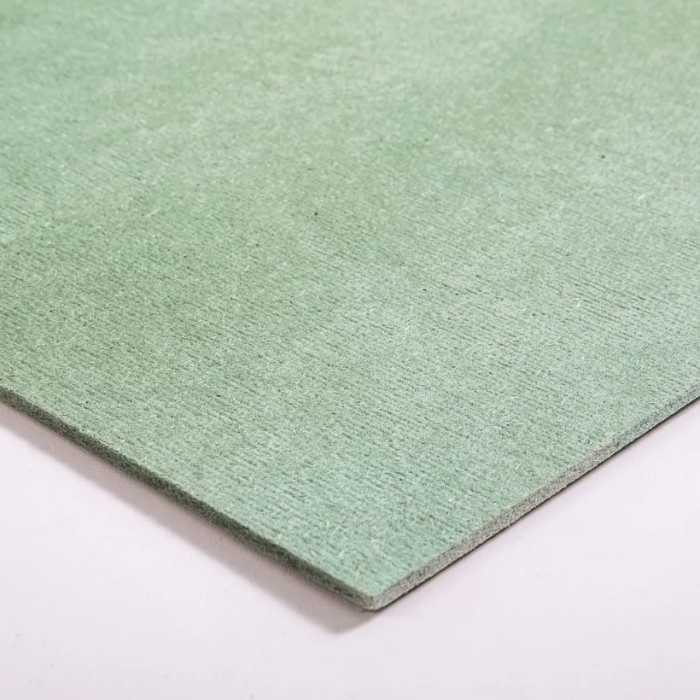

Looking for lightweight with good acoustics?
Acoustic Silver from Royale offers that sweet spot between affordability and performance. At 3mm thick, this PE foam underlay includes a silver foil DPM and performs well in bedrooms or home offices where a quieter step is appreciated.
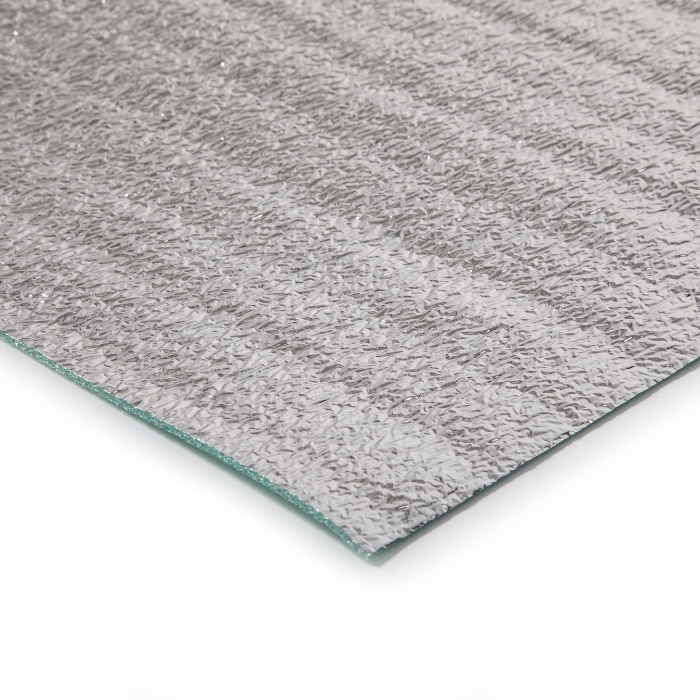

And don’t forget the finishing touch.
If you're using any underlay with a DPM layer (most of the above), pick up Barrier ProX Tape. This sealing tape maintains the integrity of the DPM barrier, helping to prevent moisture from sneaking in through joins.
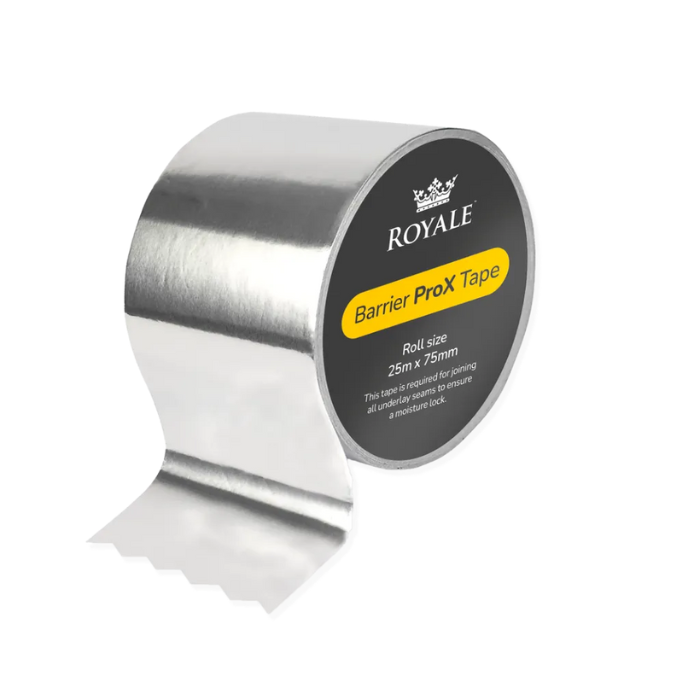

Quick Comparison: Best Laminate Flooring Underlay at a Glance
| Product | Thickness | Key Features | Best For |
|---|---|---|---|
| Berry Alloc Excellence Go | 2mm | Foil-backed, built-in DPM, -19dB sound reduction, adhesive strip, UFH compatible | All-round use, concrete subfloors |
| Berry Alloc Excellence Plus | 2.5mm | Fleece back, built-in DPM, -21dB sound reduction, UFH compatible | Open-plan homes, flats, commercial spaces |
| Royale Thermo ProX | 1.8mm | Perforated for heat transfer, foam core, UFH optimised | UFH setups, energy-conscious homes |
| Royale Sonic Gold | 5mm | PE foam with gold foil DPM, excellent thermal insulation | Living rooms, colder rooms, added warmth |
| Royale Fibreboard | 5mm | High-compression fibreboard, eco friendly, levels subfloor | Uneven floors, dry rooms, eco-conscious installs |
| Royale Acoustic Silver | 3mm | PE foam with silver foil DPM, acoustic insulation | Bedrooms, home offices, upstairs rooms |
| Royale Barrier ProX Tape | — | Seals underlay joins to preserve DPM integrity | Use with any DPM underlay for full moisture protection |
What Works Best Where?
Choosing the right underlay isn’t just about what looks good on paper, it’s about what holds up in real life. Different rooms ask different things of your floor, so it makes sense to choose based on how you use the space.
Living areas & bedrooms
These are comfort-first zones, so go for something that’s soft underfoot and built for noise reduction. Products like Royale Acoustic Silver are brilliant choices; they’re warm, they help cut down on footfall noise, and they make laminate feel much more high-end.
Hallways & high-traffic areas
You want durability and structure here - nothing too soft. Berry Alloc Excellence Plus offers excellent impact resistance and soundproofing, while Royale Sonic Gold is a strong contender if you want added warmth too.
Rooms with underfloor heating (UFH)
You’ll need flooring designed to let heat pass through easily. Royale Thermo ProX is made exactly for this - it’s thin, perforated, and keeps your system working efficiently. The Berry Alloc Excellence Go is also UFH-friendly if you're after something with a built-in DPM.
Concrete subfloors or moisture-prone rooms
If you’re laying laminate on concrete, don’t skip the DPM. Underlays like Berry Alloc Excellence Go, Sonic Gold, or Acoustic Silver will keep moisture at bay. Just remember to seal those joins with Barrier ProX Tape — it’s not just for peace of mind; it actually protects your flooring long-term.
Slightly uneven floors
Laminate needs a flat surface, and if your subfloor’s a bit rough, Royale Fibreboard will help level things out. It’s thick, rigid, and gives your floor a more solid, even finish: perfect for older homes or quick-turnaround refurbs.
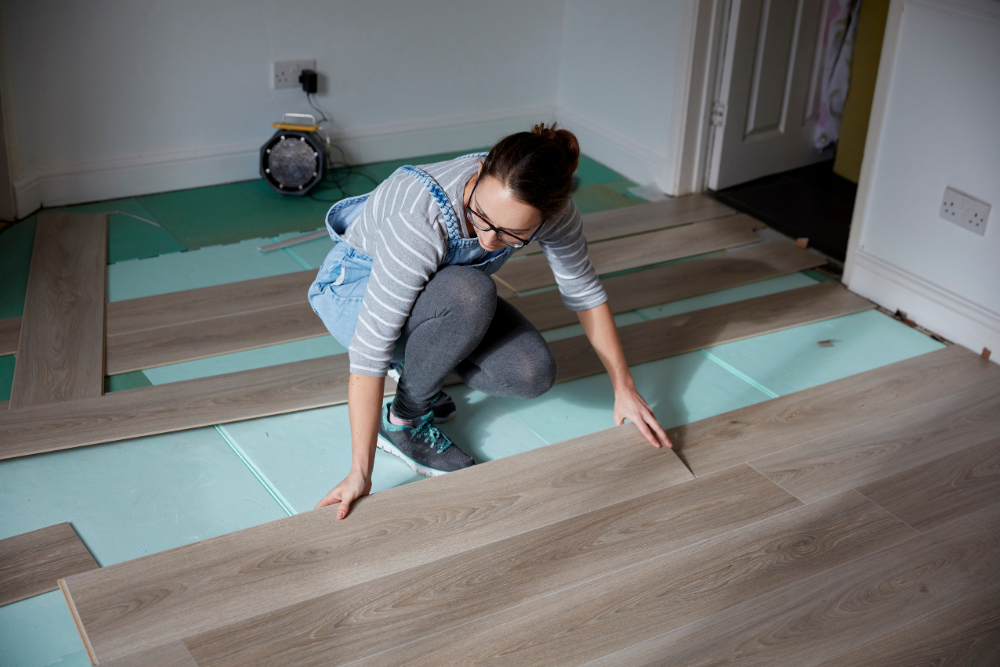

Underlay Tips That Make the Job Easier
Installing underlay isn’t complicated, but doing it properly makes a big difference. Whether you're hiring a fitter or doing it yourself, these tips help everything go down smoother and last longer.
Start with a clean, dry subfloor
Sounds basic, but it’s one of the most important steps. Sweep, vacuum, and check for moisture if you’re laying over concrete. Note: A damp patch today could be a warped floor tomorrow.
Roll out, cut to fit, and avoid overlaps
Most underlays come in rolls or boards. Unroll or lay them flat, cut to fit the space, and make sure edges don’t overlap unless it’s designed that way. You want a seamless, flat base before the laminate goes down.
Use tape where needed, and don’t skip it
If you’re using any underlay with a foil or DPM layer (like Sonic Gold or Excellence Plus), tape is essential. Barrier ProX Tape seals the seams to maintain moisture resistance - without it, your underlay can’t do its job properly.
Match the underlay to the floor, not just the room
Underfloor heating? Get the right spec. High-traffic hallway? Go thicker. Bedroom retreat? Prioritise softness and sound. Picking the wrong underlay can mess with the flooring’s fit, feel, or even the manufacturer’s warranty, so it’s worth getting right from the start.
Don’t go too thick
It’s tempting to think “thicker is better” - but not always. If the underlay’s too thick, it can interfere with your laminate’s click system. Stick to what your flooring brand recommends. For most laminates, that sweet spot is 2–5mm.
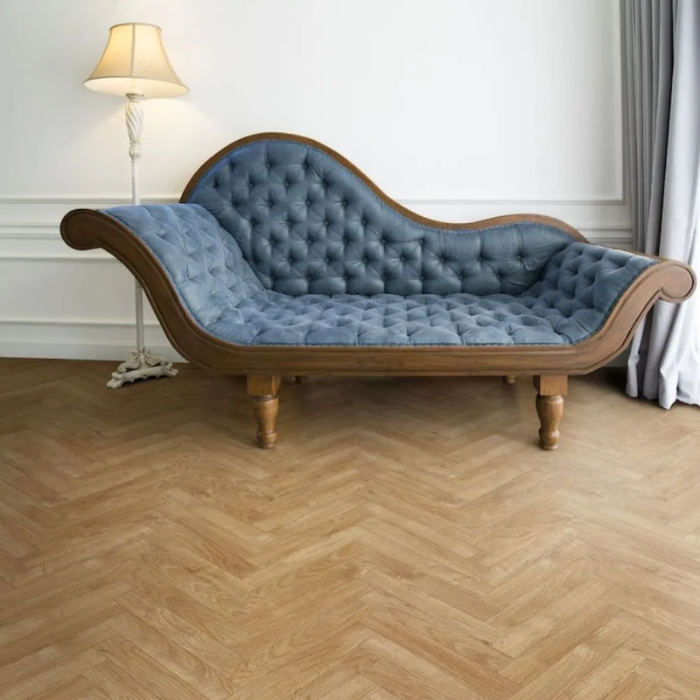

Final Thoughts
Underlay isn’t the most glamorous part of choosing new flooring, but it’s one of the most important. It supports every plank, cushions every step, and protects your floor from what’s underneath. Whether you’re laying laminate, engineered wood flooring, or replacing old carpet underlay, the right base layer makes all the difference.
A good underlay improves warmth, reduces noise, and helps your flooring last longer. It can also level out uneven sub floors and act as a barrier against moisture - especially if you’re working with concrete. And with options now made from recycled materials and thermal-friendly foams, there’s no need to compromise between performance and eco friendliness.
So before you jump into fitting your new flooring, take a moment to choose the best underlay for laminate flooring that suits your space — and the way you live in it. Your feet (and your floor) will thank you later!
Ready to find the perfect match?
Want to keep your laminate floors looking new? Discover how to extend the life of laminate flooring in our handy guide.
Looking for carpet underlay? Shop all carpet underlay at Best4Flooring.
FAQs About Laminate Flooring Underlay
What’s the best underlay for laminate flooring?
It depends on your space. For concrete subfloors, choose one with a built-in damp proof membrane, like Berry Alloc Excellence Go. For UFH, go for something thin and breathable like Royale Thermo ProX. If you’re looking for all-round comfort, Royale Acoustic Silver is a brilliant choice for upstairs rooms.
Do I need underlay for laminate flooring?
Yes — always. Underlay cushions your step, smooths out the subfloor, and adds essential thermal and sound insulation. Without it, your flooring won’t last as long or feel as good.
How thick should underlay be for laminate?
Most laminate underlays are between 2mm and 5mm. Anything thicker can cause issues with the click system. Stick to what your flooring manufacturer recommends for best results.
Can I use laminate underlay with underfloor heating?
Yes — just make sure it’s compatible. Look for options like Royale Thermo ProX that are designed for efficient heat transfer.
Does underlay reduce noise?
Absolutely. Products like Berry Alloc Excellence Plus offer up to -21dB reduction, which is ideal for flats, busy households, or rooms above ground level.
What is a DPM and do I need one?
A DPM (Damp Proof Membrane) stops moisture rising from the subfloor and damaging your laminate. You’ll need it if you’re laying flooring over concrete, in basements, or anywhere prone to damp. Underlays like Royale Sonic Gold have this built in — just make sure to seal the joins with Barrier ProX Tape.
Is fibreboard underlay any good?
Definitely — especially for uneven floors. Royale 5mm Fibreboard is great at levelling minor imperfections and adds a firm, eco-conscious base for your laminate.
Which side of the underlay faces down?
If your underlay has a foil layer (like Sonic Gold or Acoustic Silver), that side goes down. It acts as a moisture barrier to protect your floor (especially important over concrete).
Should laminate underlay be overlapped?
Some underlays are designed to be butted up edge-to-edge, while others include a small overlap strip. Always follow the product’s instructions, and use Barrier ProX Tape to seal joins for moisture protection.
Do I need to glue laminate underlay down?
No glue needed. Most underlays are ‘floating’ and should be taped at the edges. This allows the floor to expand and contract naturally.
Why does my laminate floor feel bouncy or spogy?
It could be down to underlay that’s too thick or installed incorrectly. Check for uneven subfloors too - a firm option like Royale Fibreboard can help smooth things out. If you're experiencing these issues, learn more about why your laminate floor may feel bouncy or spongy.
Which direction should I lay underlay for laminate?
Lay the underlay in the same direction as your laminate boards. This helps everything sit flat and reduces movement.
What tools do I need to install underlay?
You’ll need a sharp utility knife, tape measure, underlay tape, and a straight edge or ruler. A T-square and tapping block will also come in handy when laying your laminate flooring on top.






